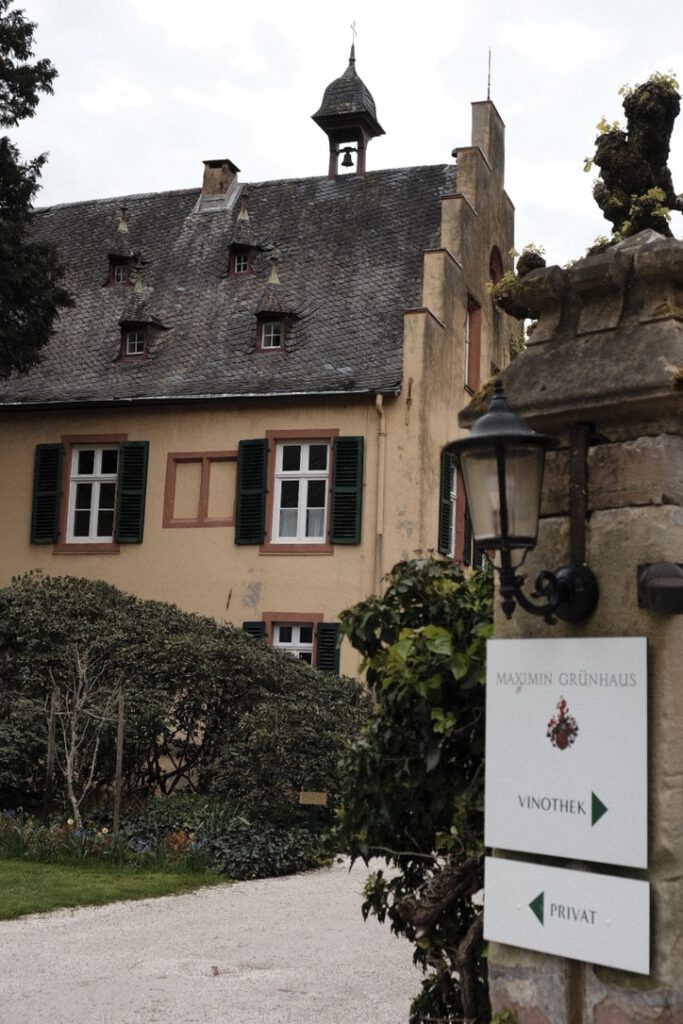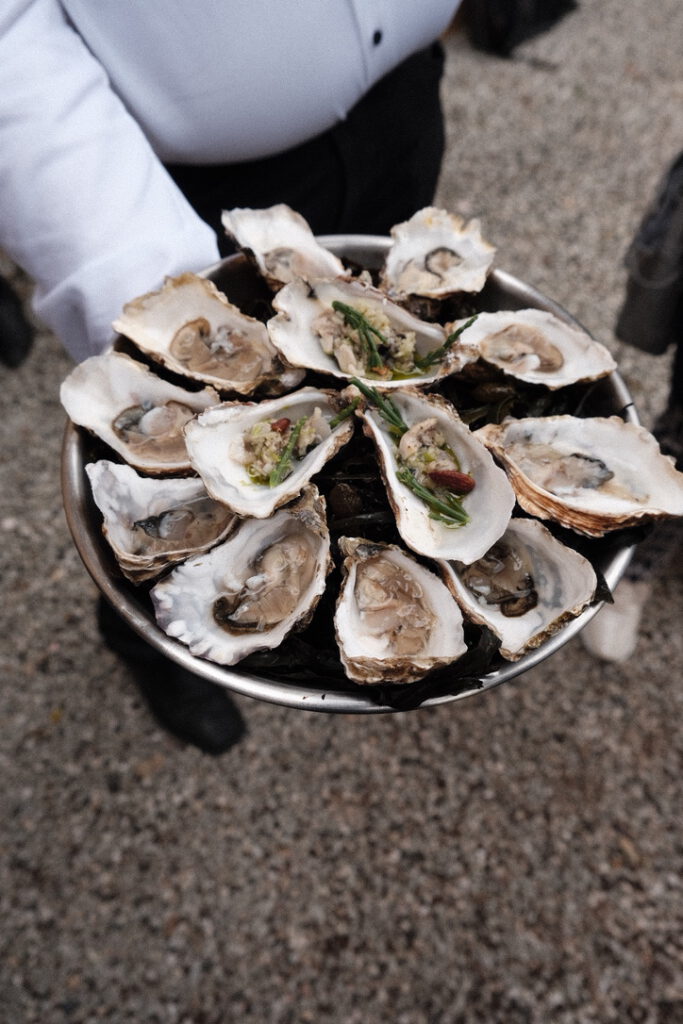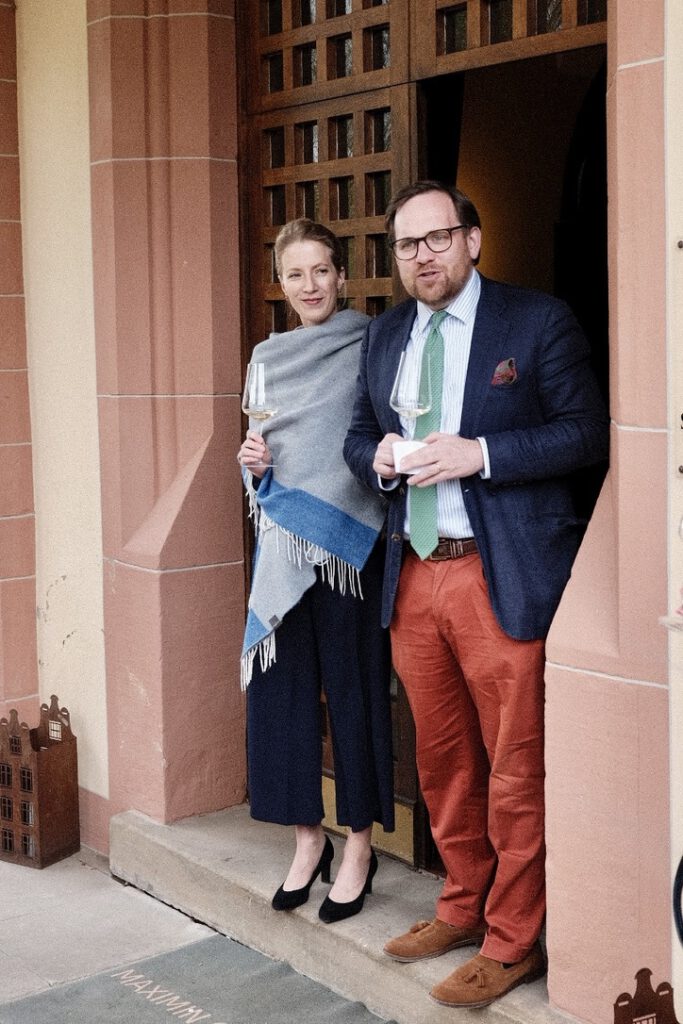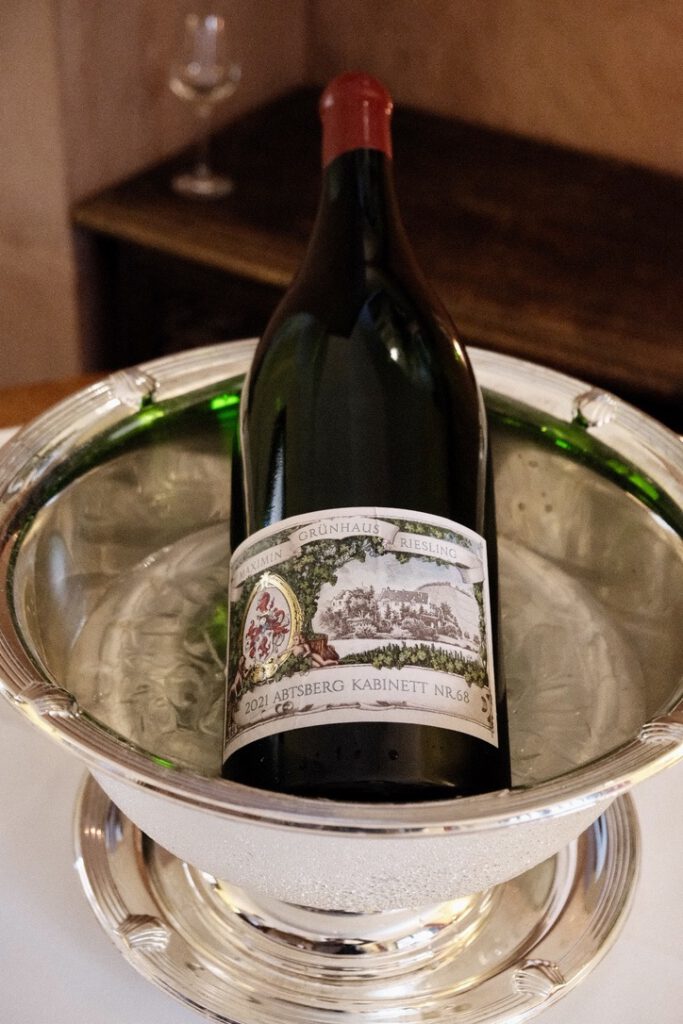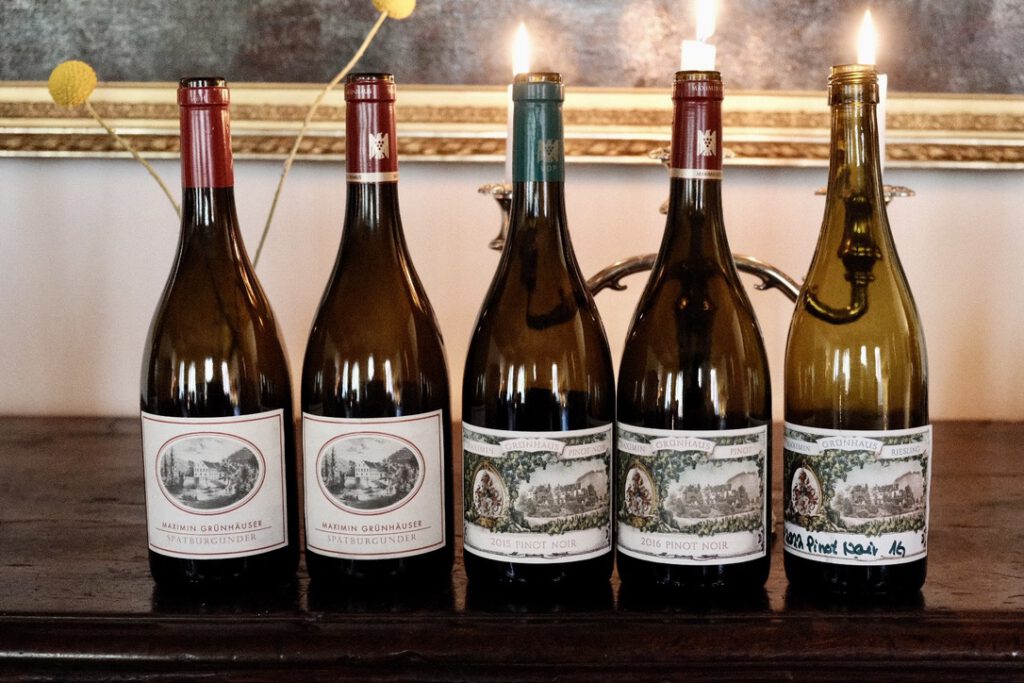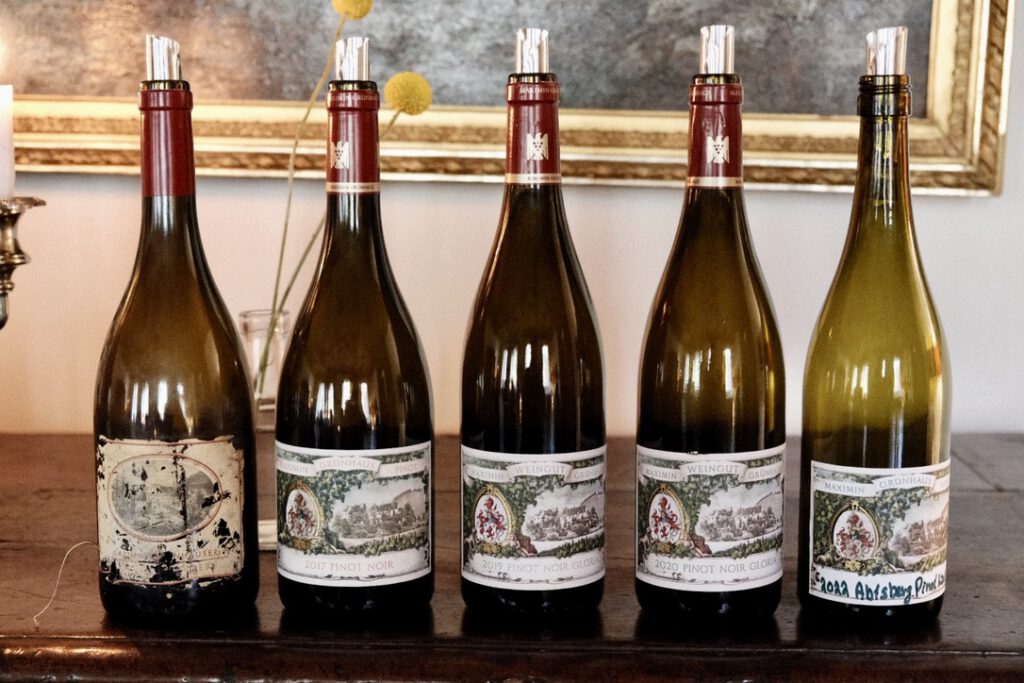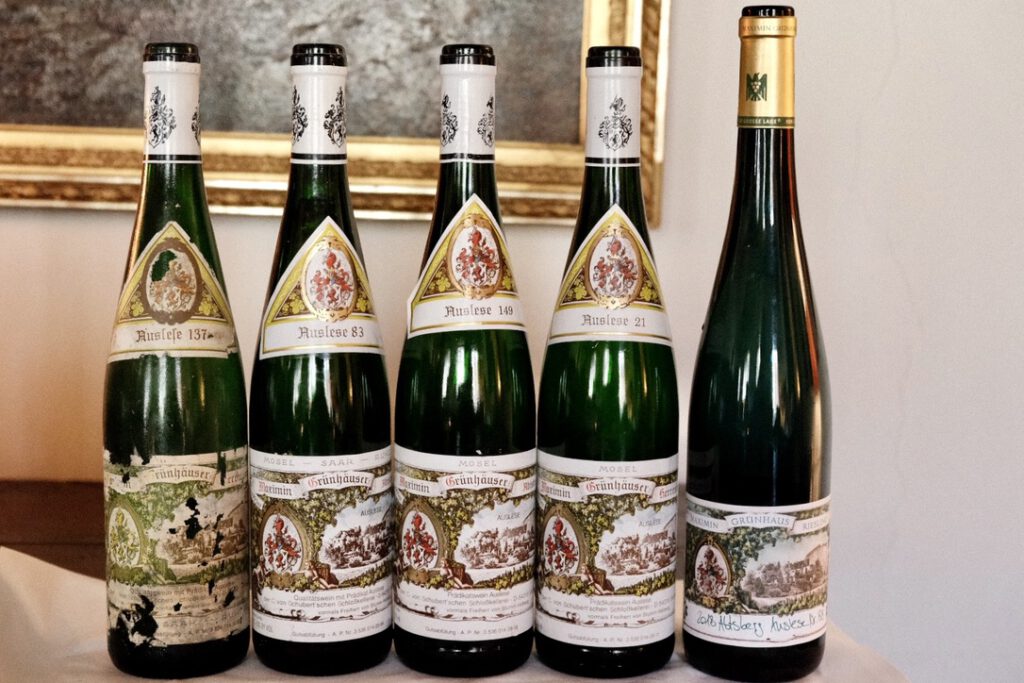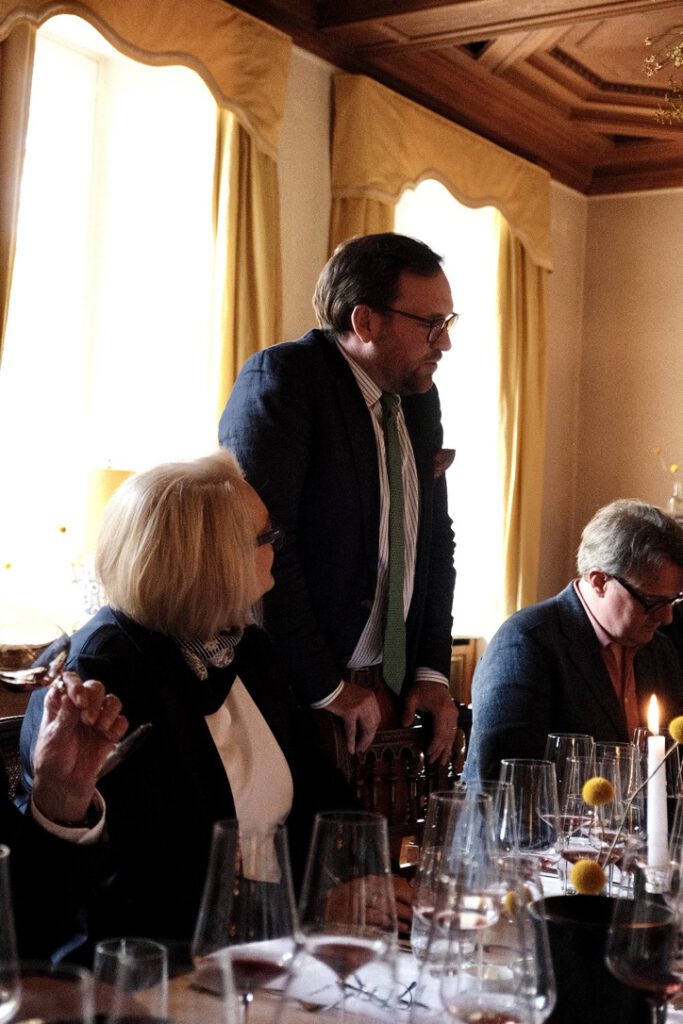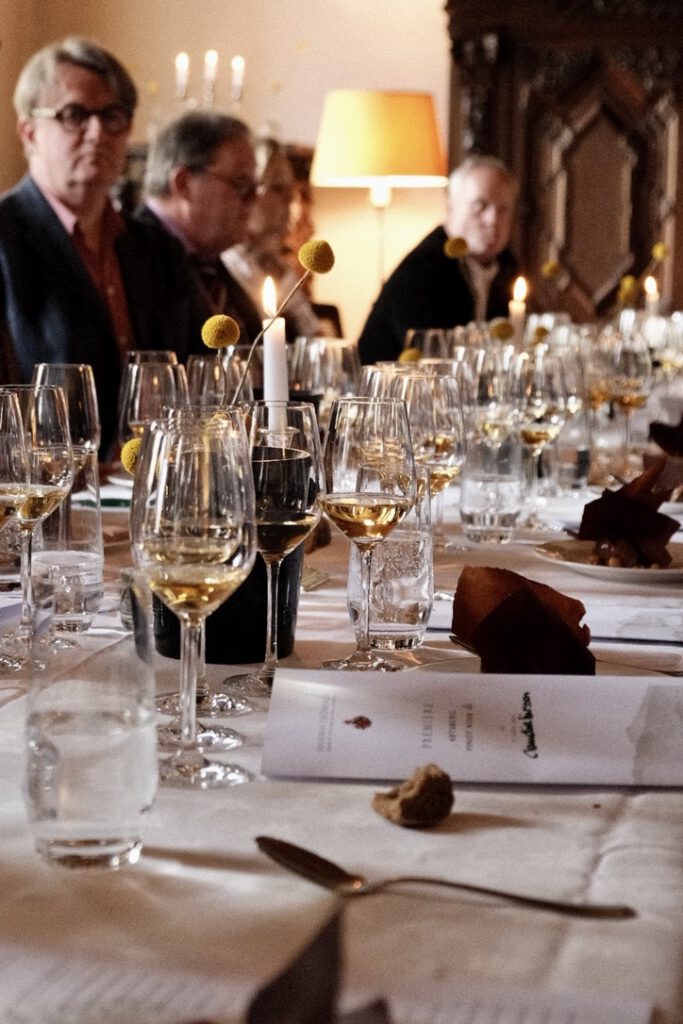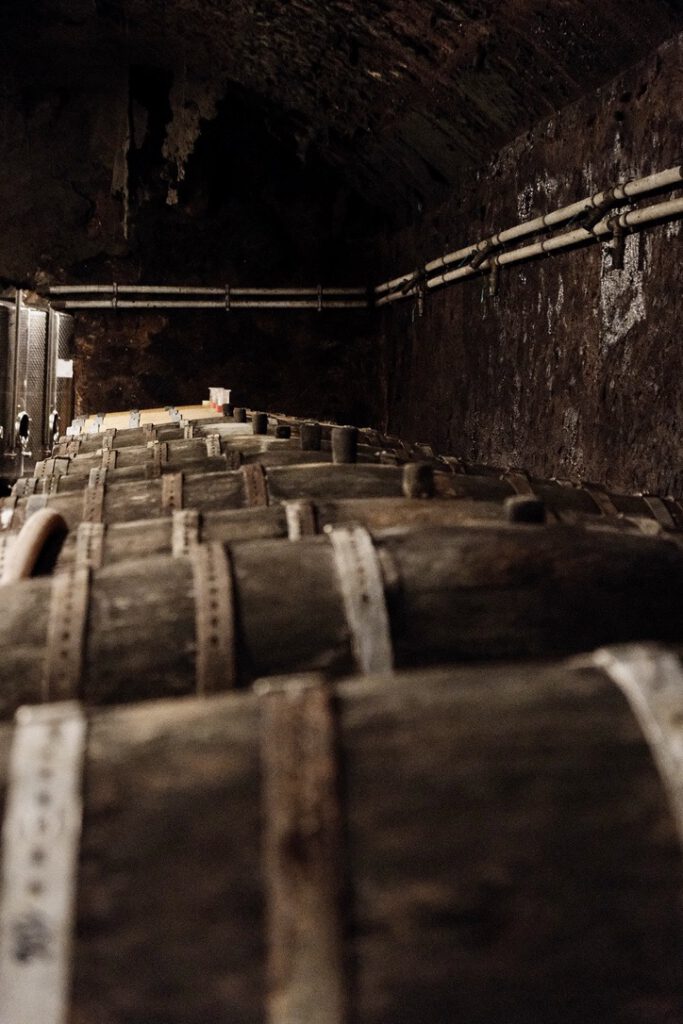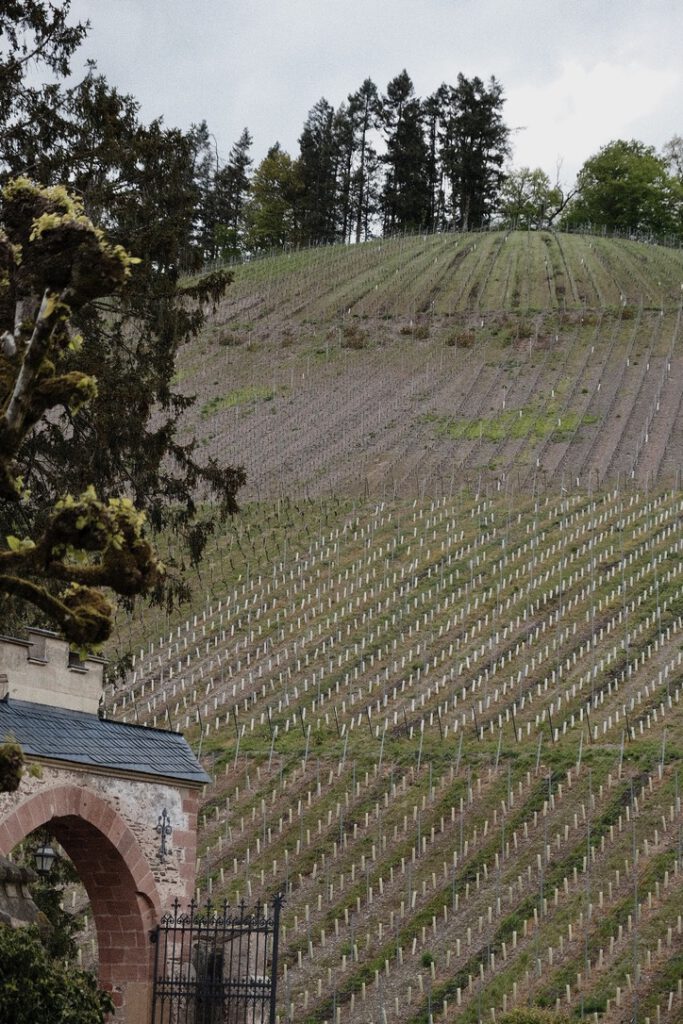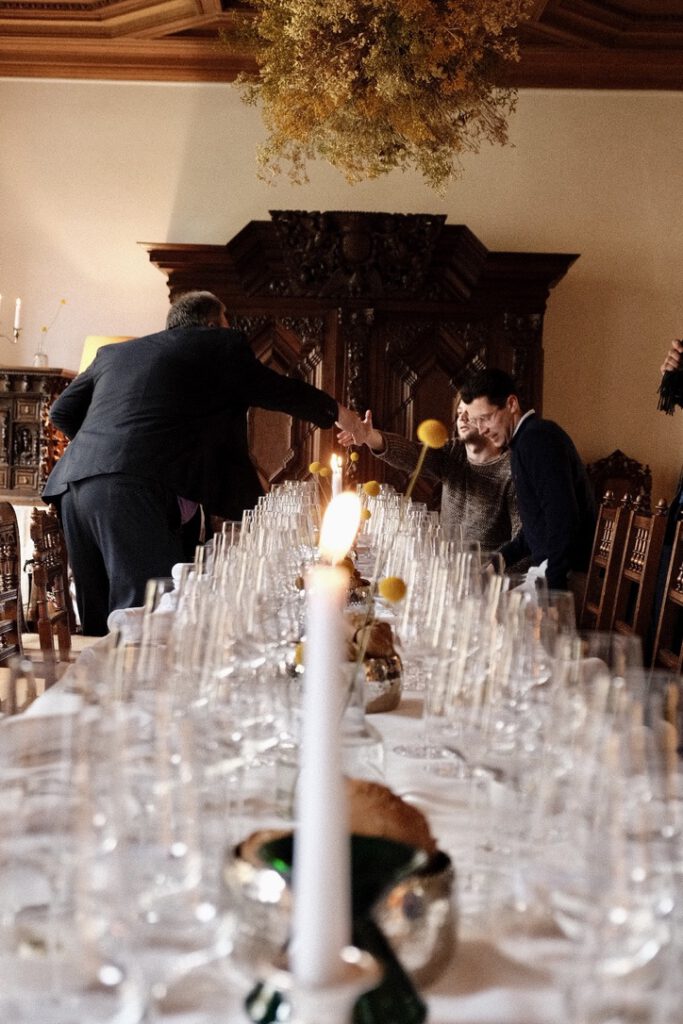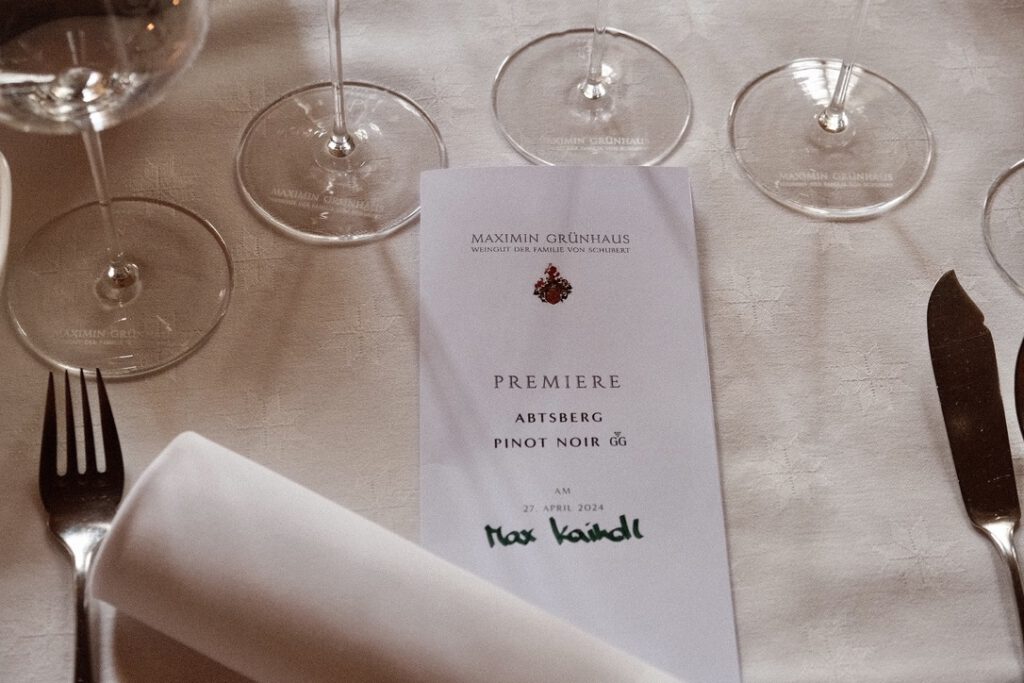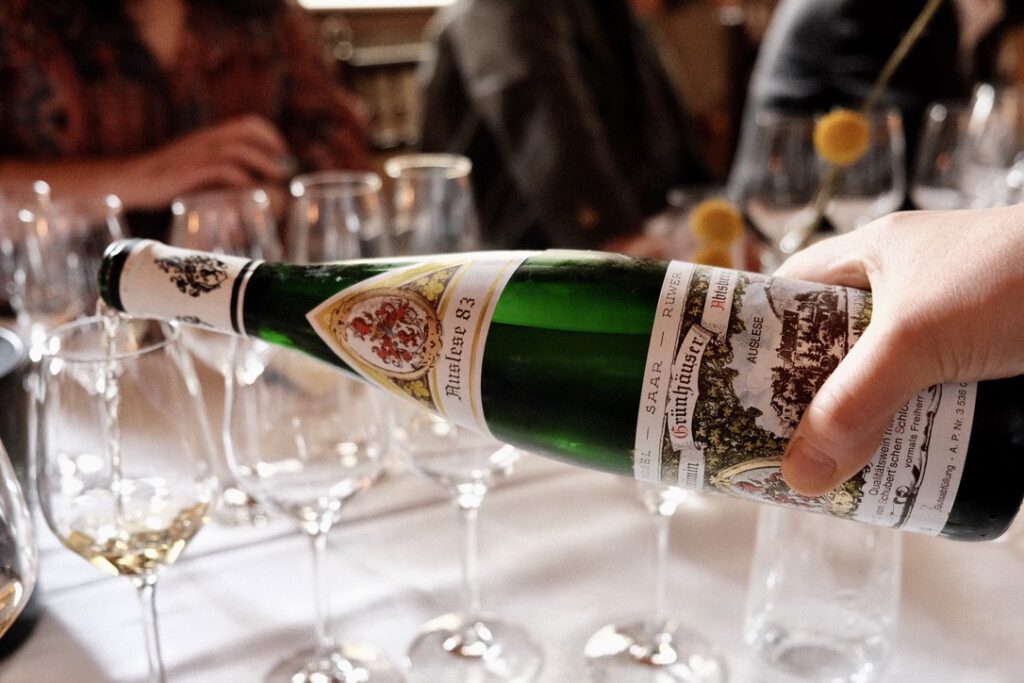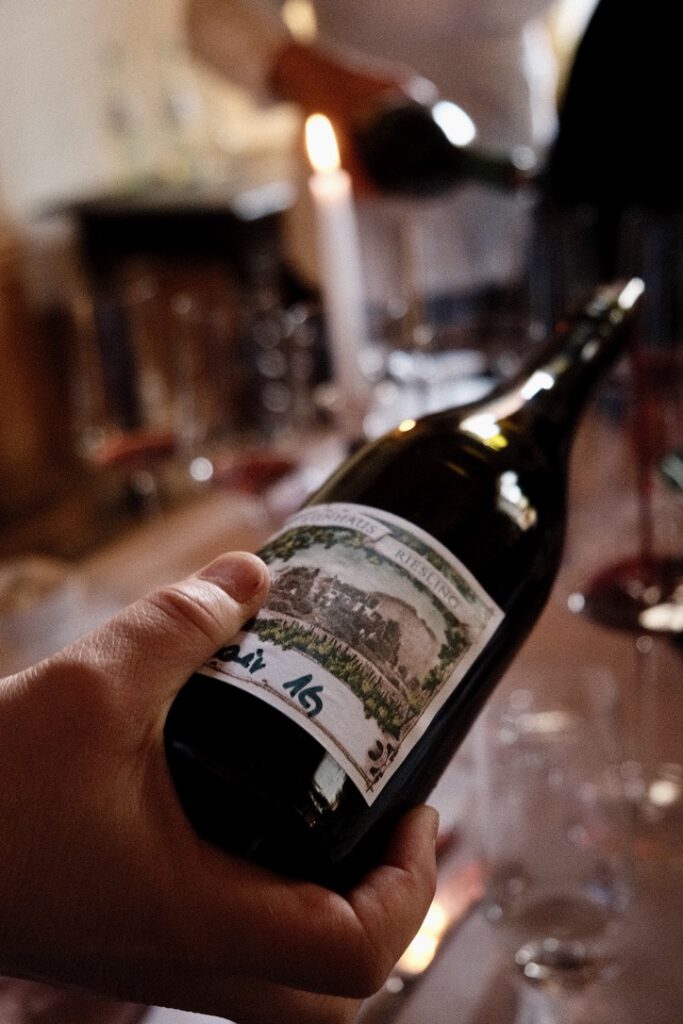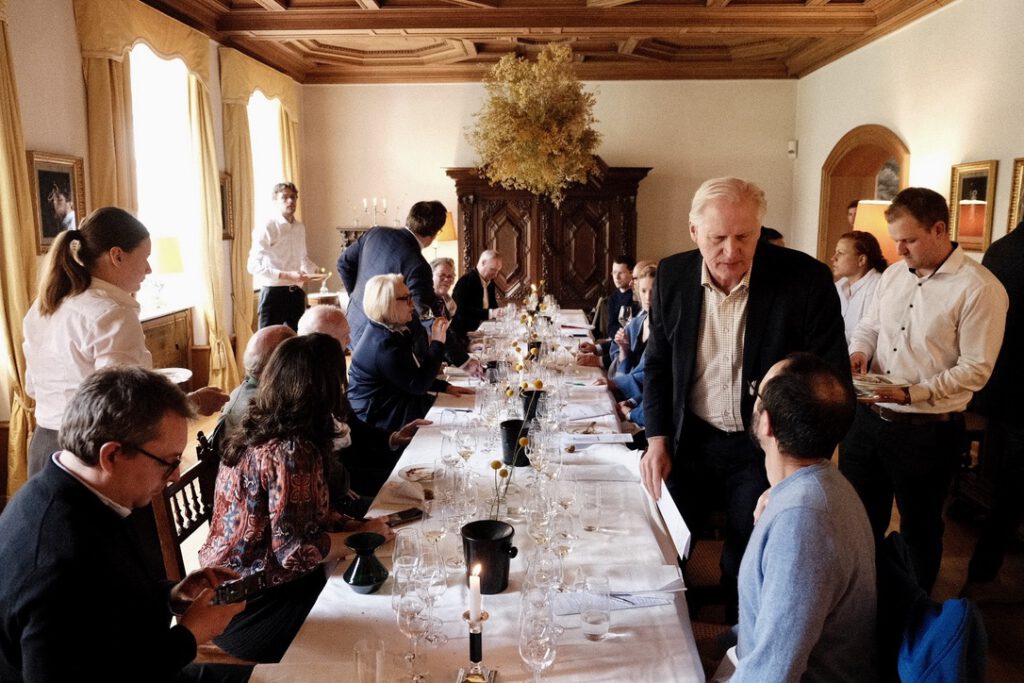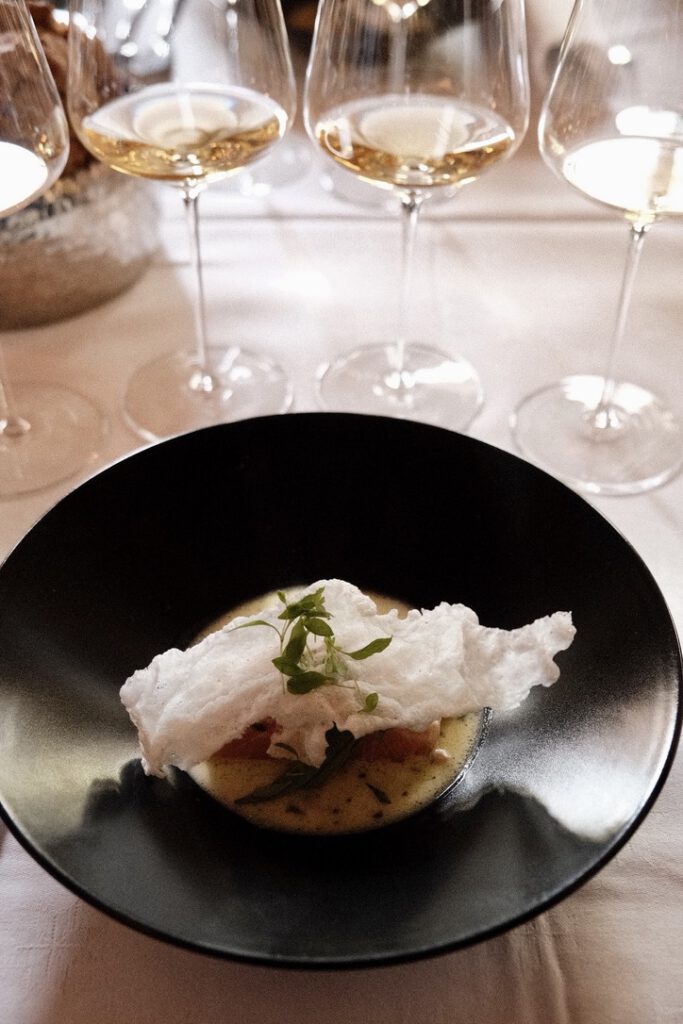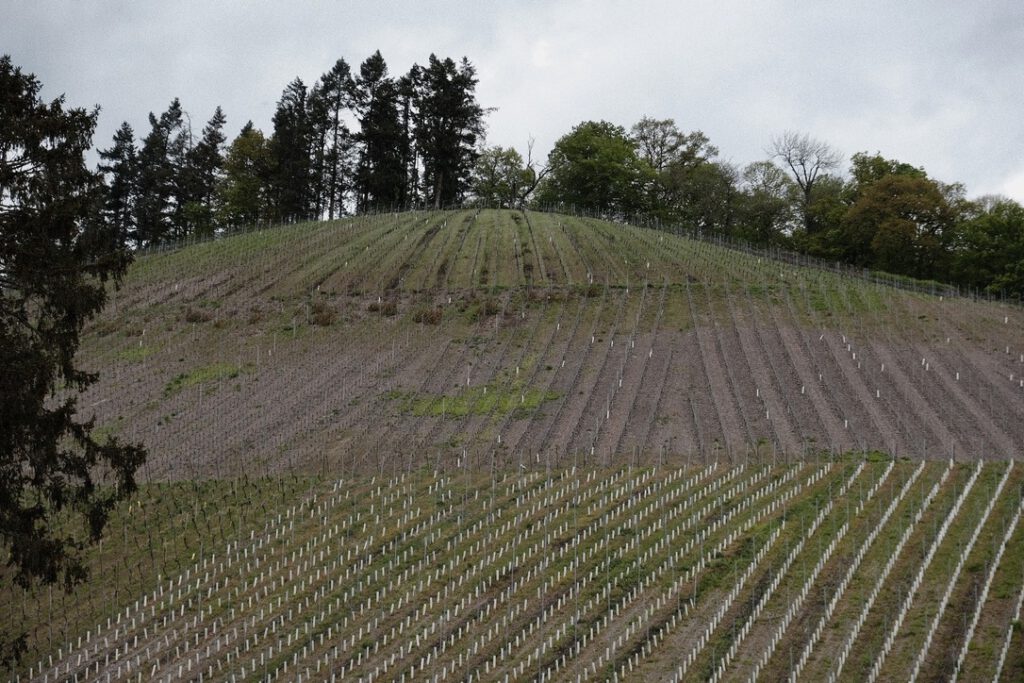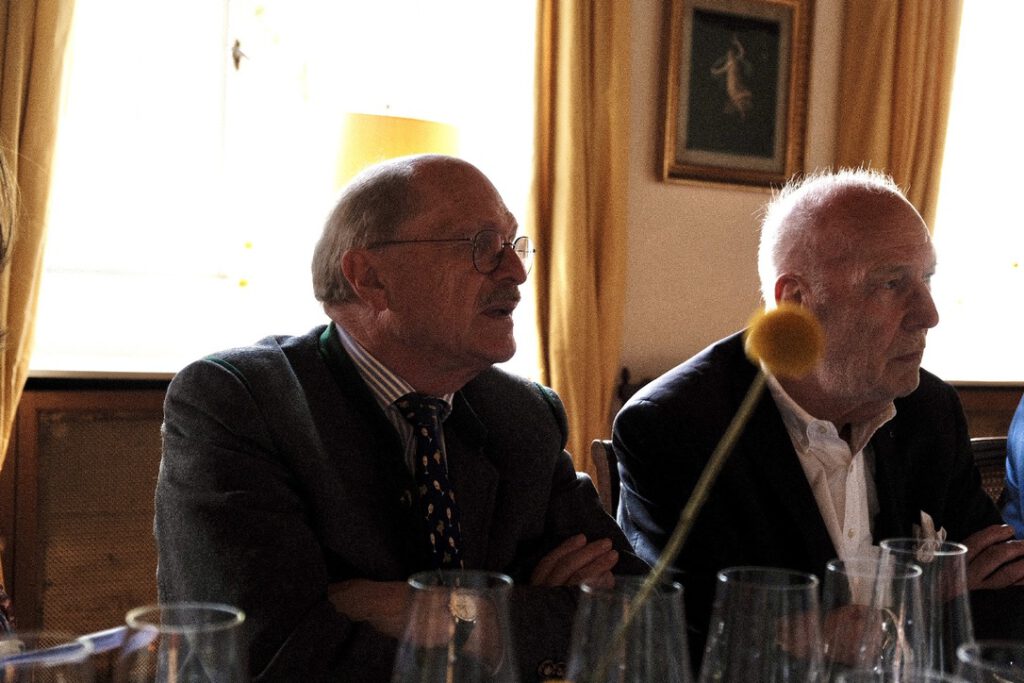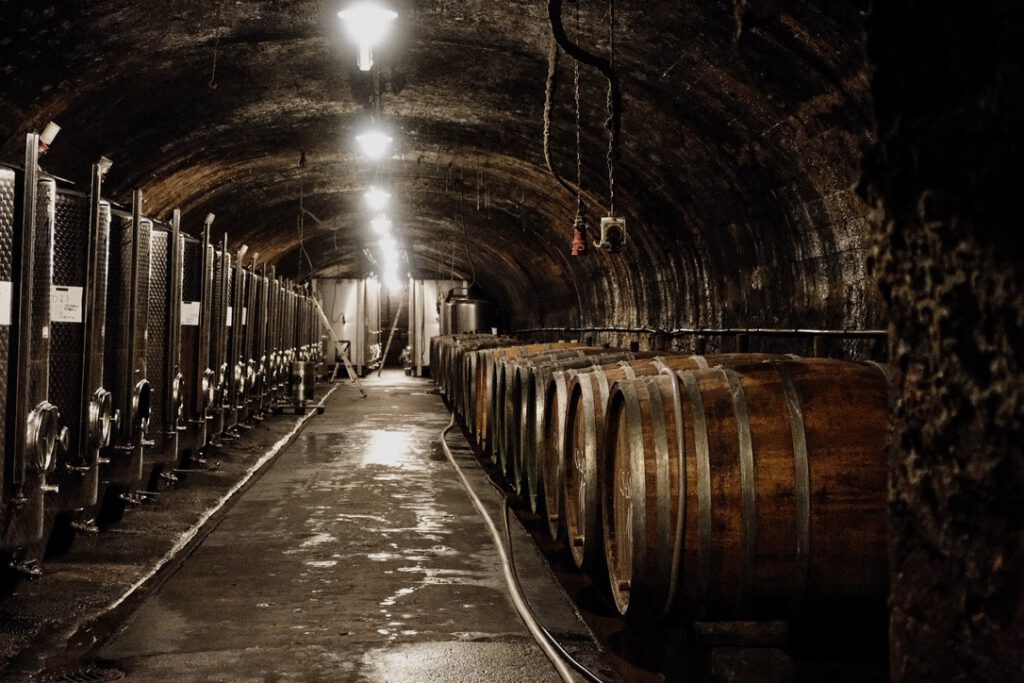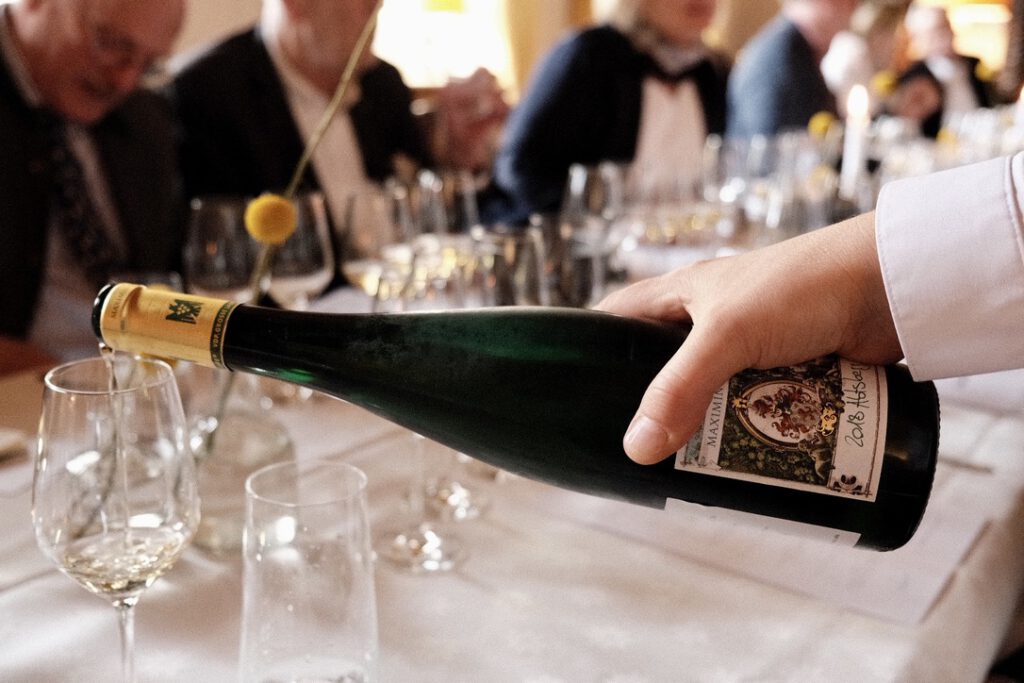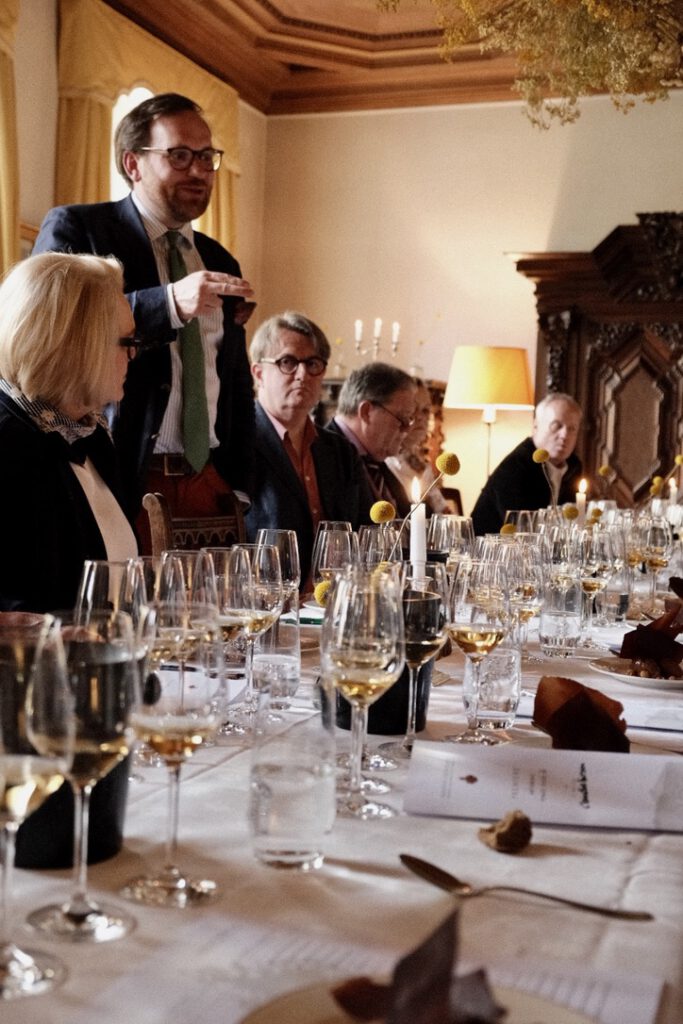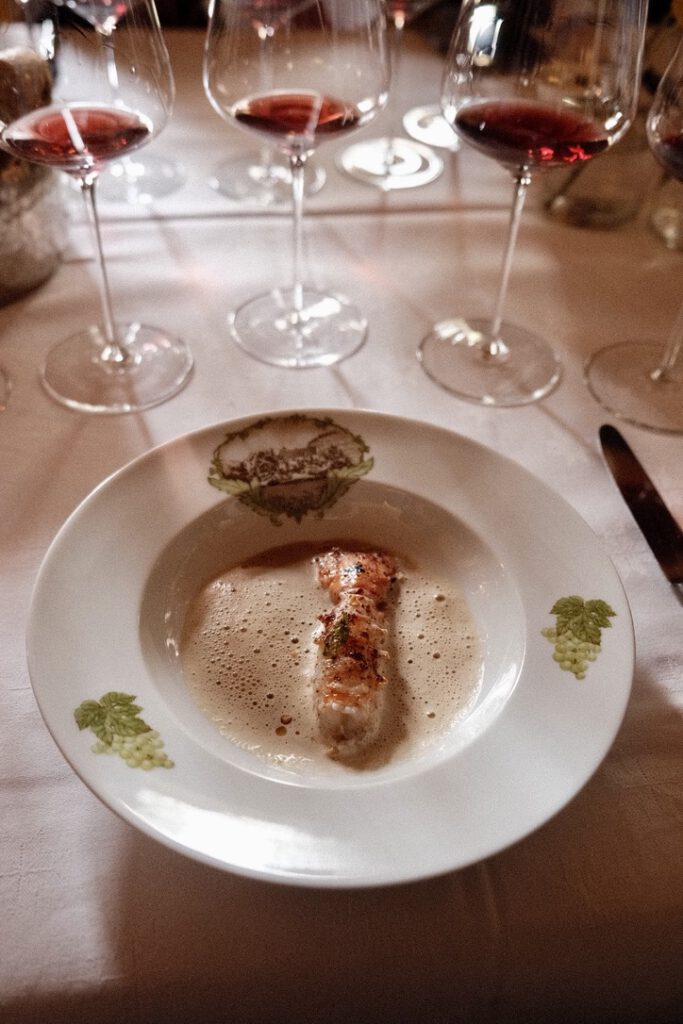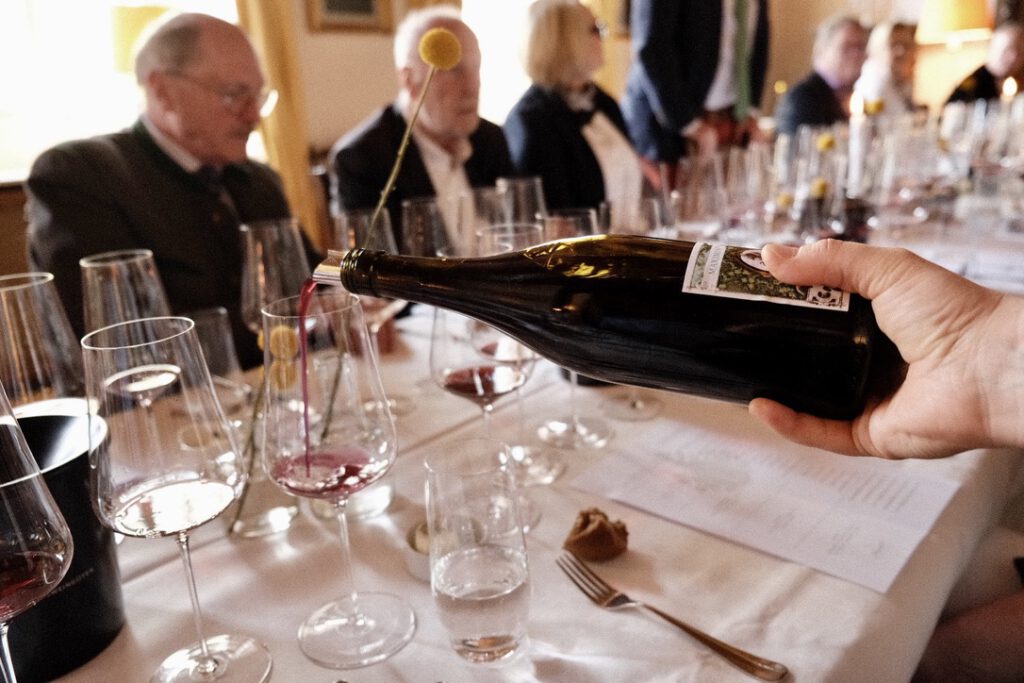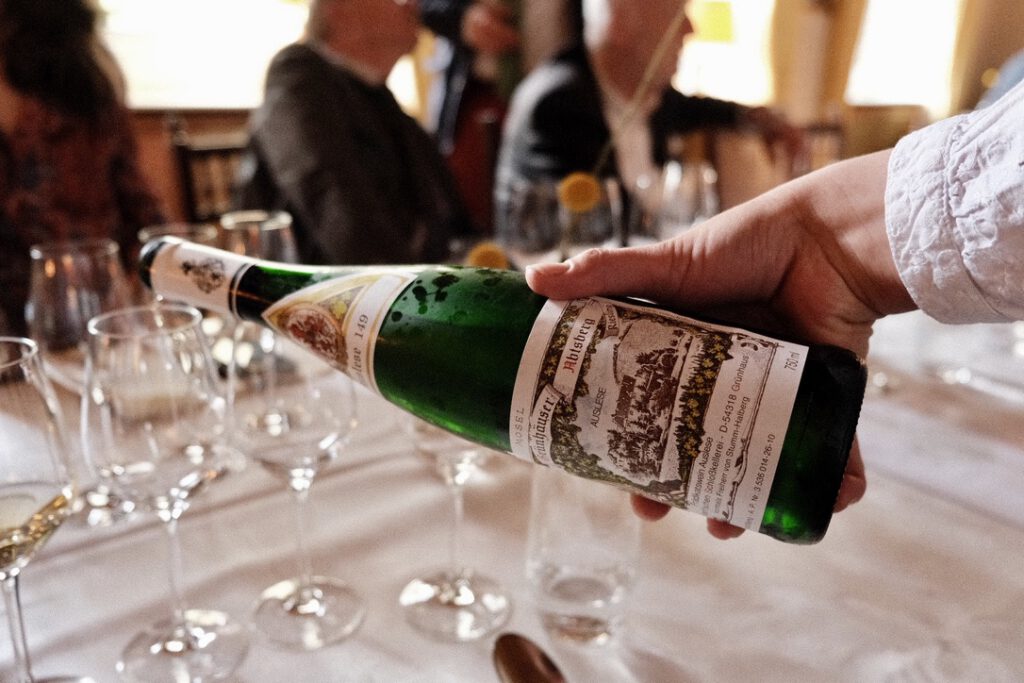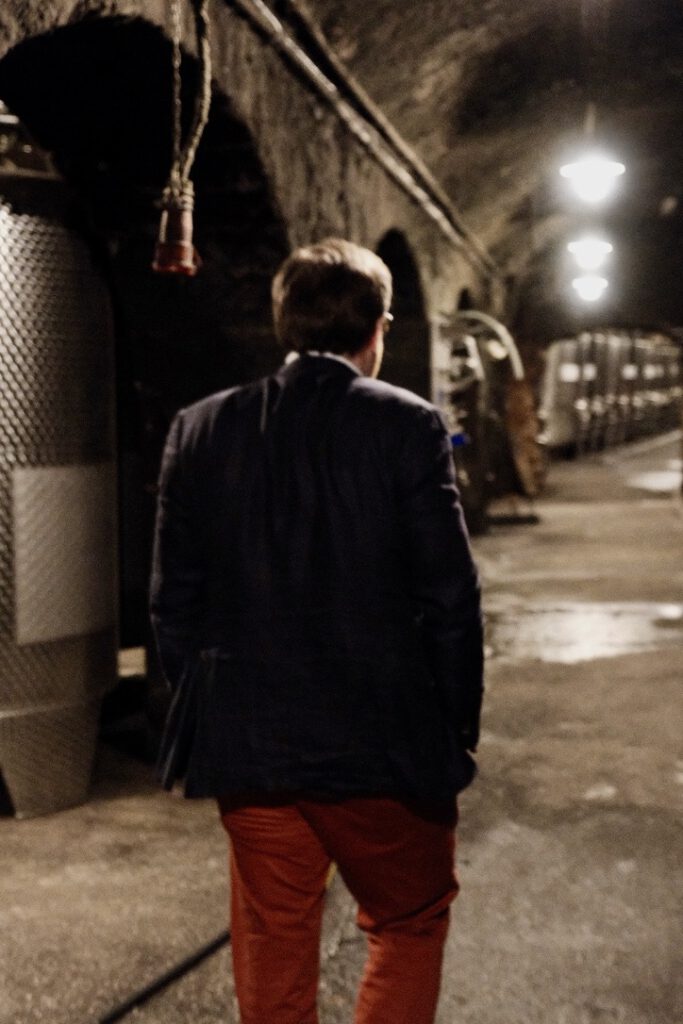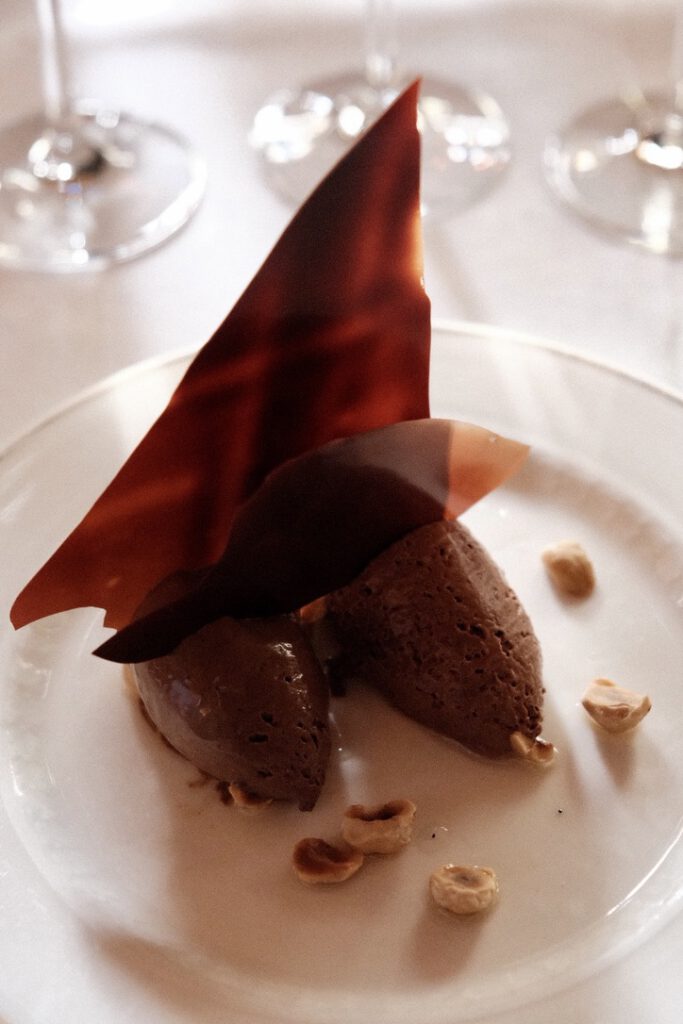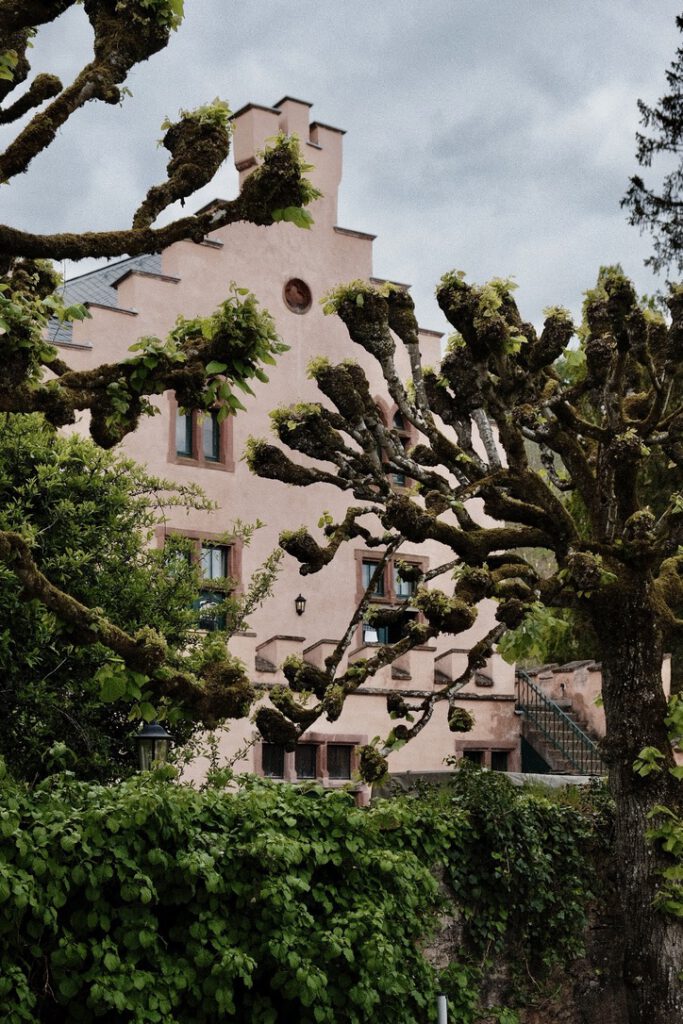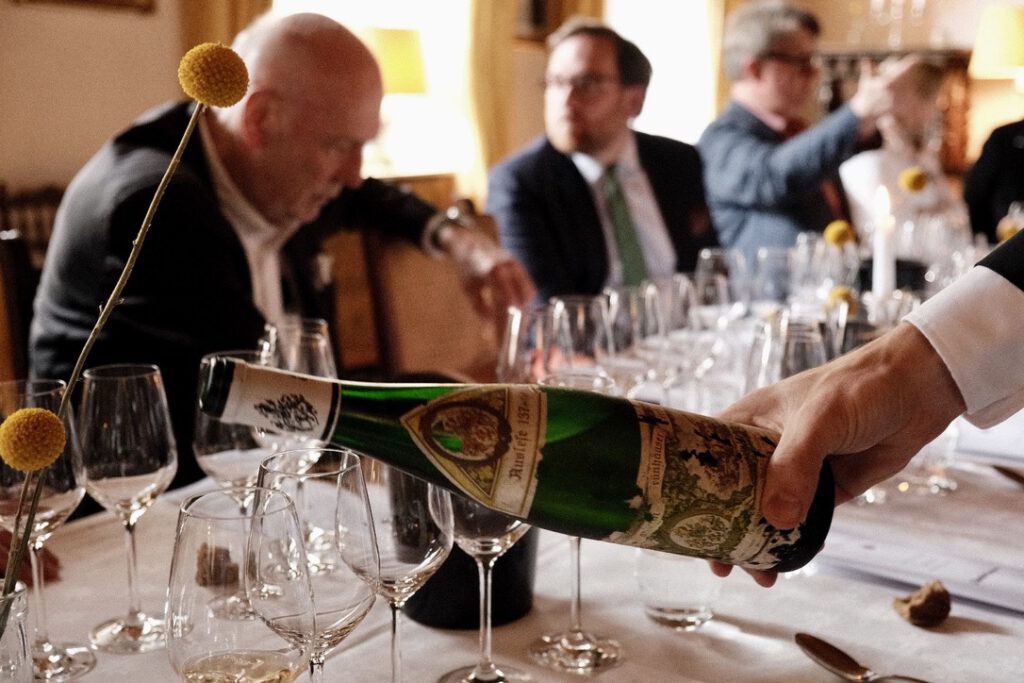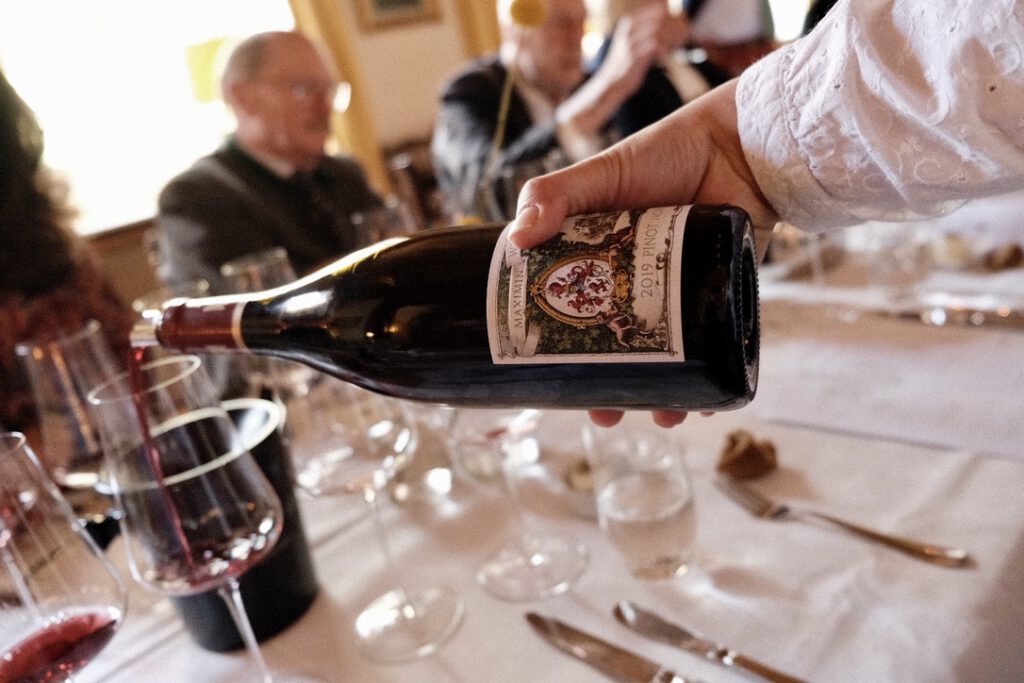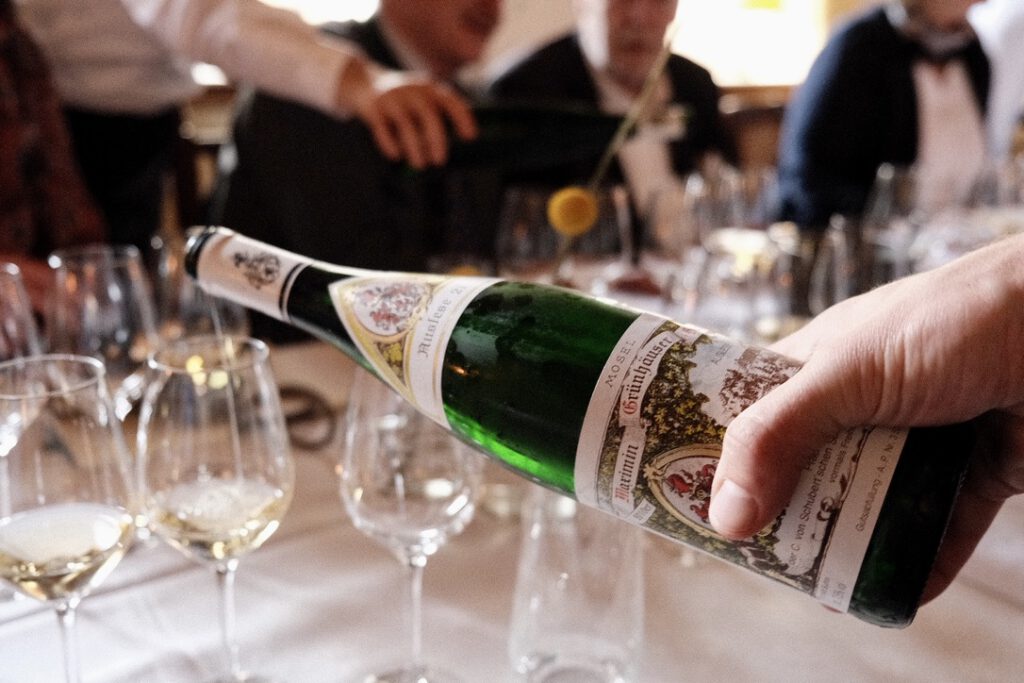Pinot Noir on the Ruwer: Madness or Stroke of Genius?
But how did this rapid development come about? In the timeline of the wine world, 12 years is just a blink of an eye. Certainly, several factors played a role. Crucial was the symbiosis of a visionary winemaker, climatic conditions, and vineyard potential. The first is likely the decisive component. After all, only a genius or daring winemaker would risk planting one of the best parcels of his world-famous Riesling vineyard with Pinot Noir. Initially, many chuckled at Carl von Schubert for this seemingly crazy decision.
Let’s discuss the climatic conditions. The impact of climate change is noticeable along the Mosel River as well. Where Riesling has predominantly been cultivated in the past, the south-facing slate slopes are now becoming warm enough to also grow Pinot Noir. However, thanks to cool nights, it doesn’t get excessively hot. This allows this very sensitive grape variety to ripen evenly, preserving its finesse and delicacy.
Pinot Noir, when carefully tended to in both vineyard and cellar, can express the terroir’s character just as well as Riesling. This is also true for the Grünhäuser Berg. But why is this vineyard, particularly the Abtsberg site, so suitable for Pinot Noir?
The Mystery of the Vineyard
The Abtsberg is undoubtedly the most prestigious vineyard site at Maximin Grünhaus. Its soil is primarily composed of bluish Devonian slate. The rounded summit faces from southeast to southwest, with slopes reaching up to 75%. At the center of this summit the best parcels of the estate are situated. This is where the vines for the Abtsberg Pinot Noir GG also thrive. The soil here tends to be shallower and more stony/slaty compared to the neighboring Herrenberg vineyard. Perfect for Pinot Noir due to its preference for lean soils. During the tasting, I could clearly discern the wines’ pronounced spiciness and mineral character. It clearly distinctly reflected the influence of the soil.
While the Rieslings from this 14-hectare site are known for their longevity, it remains to be seen if the same holds true for the Pinot Noirs. I got a sense of the required aging potential from the sampled Pinot Noirs from the vintages of 2012, 2016, or 2019.
Adaption as key to success
However, it’s important to consider that the Pinot Noir style of the winery has evolved significantly since the inaugural vintage in 2010. The vintages up to 2017 were characterized by what I felt were somewhat predominant oak influences. Maximin von Schubert has been using much finer French barrels and casks made from oak. They came from his own forest in recent years, as he explained to me during a brief cellar tour. As the von Schuberts refine their use of oak, the Pinots gain in focus and elegance. The 2019 vintage and the upcoming 2022 GG release exemplify this beautifully.
In 2019, I noticed an impressive balance between freshness, spice, red fruit, power, and depth. The 2022 sample from barrel showed even more refinement — ethereal, with darker tones, a lingering finish, and invigorating juiciness. After these promising initial impressions, I eagerly anticipate experiencing how the bottled 2022 GG will present itself at the VDP GG presentation at the end of August.
